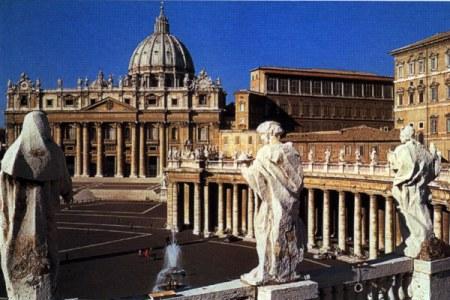Tourists at Vatican City sites such as the Sistine Chapel are having to pay for transactions in cash or by cheque because the Bank of Italy has blocked credit-card payments in the Vatican.
The organisation that provides electronic-payment services to the Holy See, Deutsche Bank Italia, has been refused a permit to continue its service because of concerns that the Vatican does not comply with international banking regulations, including safeguards against money laundering.
According to news agency ANSA, it appears that the move was taken because of a Rome prosecutor’s investigation of possible money laundering in 2010 at the Vatican’s bank, formerly known as the Institute for Religious Works.
The situation is an embarrassing one for the Vatican City State and awkward for tourists visiting its museums. The Vatican has said that it expects the ban on electronic payments to be “brief” and is talking to other service providers.
In recent years, the Vatican has attempted to be more open regarding its finances. In July 2012, the Council of Europe’s Committee of experts on the Evaluation of Anti-Money Laundering Measures and the Financing of Terrorism (Moneyval) issued a report on the Vatican’s financial transparency that identified failings in key areas of the processes of the Vatican’s bank. It included a recommended action plan to strengthen the Holy See’s system of anti-money laundering (AML) and combating the financing of terrorism (CFT).
The Moneyval report said that “The Holy See has come a long way in a very short period of time and many of the building blocks of an AML/CFT regime are now formally in place. But further important issues still need addressing in order to demonstrate that a fully effective regime has been instituted in practice.”.














